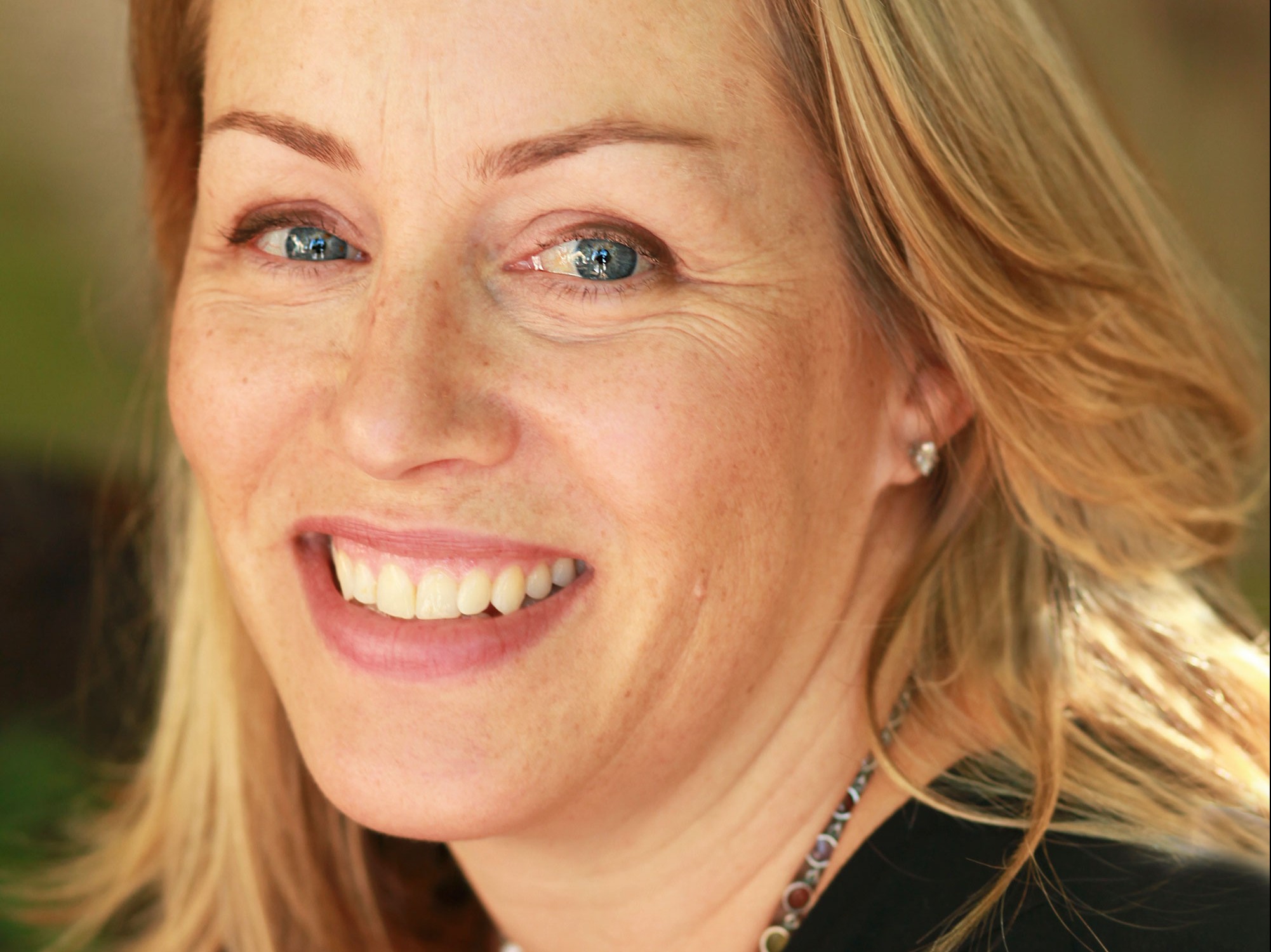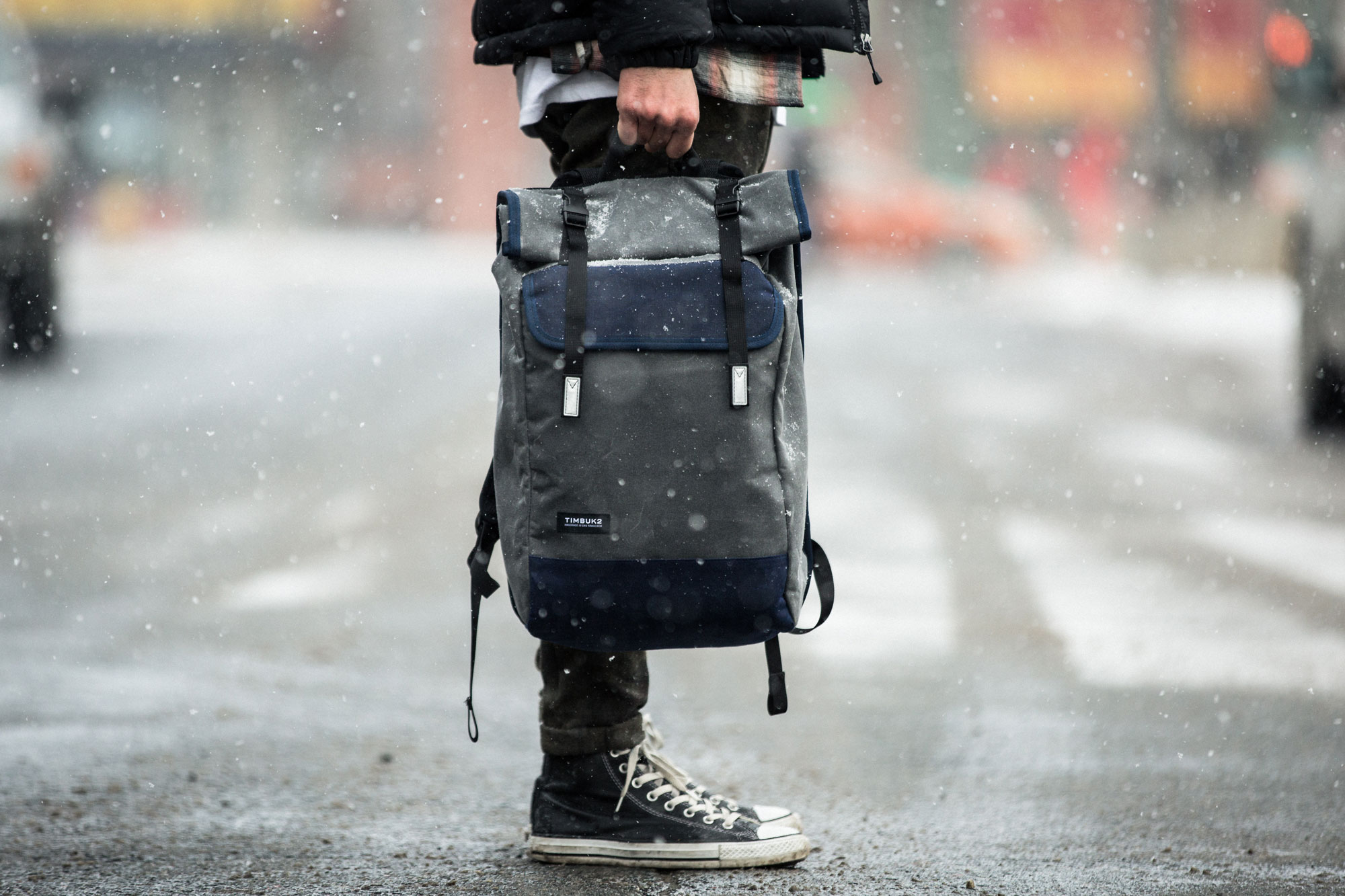Nothing is More Important to Nicole Chabot of Timbuk2 Than the Feedback of Consumers
 Thirsty for JUICE content? Quench your cravings on our Instagram, TikTok and WhatsApp
Thirsty for JUICE content? Quench your cravings on our Instagram, TikTok and WhatsApp
Timbuk2 is an esteemed retail brand known for creating quality messenger bags since 1989. The brand has been able to sustain itself for as long as they have thanks to the solid group of consumers it’s built over the past two decades. And as with any relationship, it’s give and take. The brand decided from its early years to prioritise customers’ needs above anything else, so after many experiments with their target market to decide what it is they ultimately look for in a bag, Timbuk2 learnt that every individual would want something different, something unique. Exactly why they’ve created a customisation feature that allows customers to create their own bags using Timbuk2’s bag silhouettes. This feature is also available for the Malaysian market – online or at Bratpack’s physical store in Mid Valley. JUICE speaks to Timbuk2’s Head of International Sales, Nicole Chabot, to discuss the history of the brand, customer loyalty, and what it’s like to produce 70,000 bags in a year.
What’s the story behind the brand and does it have any direct relation to Timbuktu?
(Laughs) The fun thing behind Timbuk2 is that there is definitely a story behind the brand — we were founded by a bike messenger named Rob Honeycutt 26 years ago. So, he started making bags for his friends, then eventually started a business from it [but didn’t know what to call it], so he hired an agency to come up with a few options but [he] didn’t like any that they came up with. One day, he was sitting at a bar with his friends and doodling, and made the swirl [that’s the logo] and they said to him that the swirl meant a wheel in motion but to him [Rob] it also signified endless possibilities because he’s always trying to innovate. He also loved to travel the world, and Timbuktu was a city that always meant a faraway place… and at the same time — in 1989 — there was a [post-punk] band called Timbuk3, one of those one hit wonders (laughs). And so, he came up with Timbuk2.
Oh yeah! They wrote ‘The Future’s So Bright, I Gotta Wear Shades’. So, he was basically avoiding copyright issues? Nice.
(Laughs) It’s a little bit of his spirit and the place in time.
We know the brand is associated with its customising feature, could you tell us more about that?
Timbuk2 was the first company to make an online customiser – years ago – but what’s really exciting is that we’ve learnt how to offer that internationally, so there are several different bags to choose from; a backpack, duffel bag, or the classic messenger bag. All of these styles have the option of customisation – its colours, fabric, features (i.e. water bottle pocket, strap-pad), and resistance are customisable. So, at any one time we offer about 40 to 50 fabrics and we flip it four times a year. We’re always thinking of what’s the right balance between right number of options and how many choices a consumer would want.
How do you narrow it down?
We’re based in San Francisco, so, we really operate like a startup in a certain way even though we are 27 years old — we’re always tweaking, nothing is [really] set. It’s kind of been the way the brand has always been. We change the fabrics four times a year but if we feel like changing something up or making adjustments, we do it on the fly if that’s a better option. At any given time, our designers are working on several other base styles that they are putting into the factory.
“We built 70,000 bags in the factory two years ago but only two were the same, can you believe it?”
Flexibility in any workplace is always appreciated. Timbuk2 makes all its bags from scratch, yes?
Yeah, they are built in San Francisco by hand, which is a really amazing thing. We build 70,000 bags a year and we make hundreds of thousands of other bags that are from our collection outside of San Francisco. There are some styles here [in KL] that we build in our mainline but there are some that are different. So, here we have about 150 styles that aren’t part of the customiser, but we find that they are very complementary. Our customers want something that’s completely theirs or not identical to someone else’s — we built 70,000 bags in the factory two years ago but only two were the same, can you believe it? It’s insane. We also recently calculated the classic messenger bag, with all those options, if you do the math, there are more than 70 trillion combinations you can make, isn’t that frightening?
For the factory! Not so much for the consumer.
(Laughs) The factory is really amazing. So, basically, if you order a custom bag, you are almost assured that there isn’t going to be anyone else with the same bag. The store is also constantly using the customiser and building a few bags here that you can take off the shelves. For example, there are a few bags [in-store] that are built in San Francisco — they have a different label which reads ‘Handmade in San Francisco’ versus one from our standard line, but both are unique.
Yeah, and we’re sure with bags such as these, ensuring that it’s practical is one of the most important traits too.
One of the things our designers are strong-willed about is picking fantastic materials because one of the things that’s been a core for Timbuk2 is our quality. They go out and find beautiful wax canvases — the attention to detail or the cotton webbing — the bags are really made to last a lifetime and so they’re built that way.

What would the bag look like if it were 26 years old?
It would have look worn and as though it were part of the person’s life. We get bags back — ‘cos people in the US can send their bags back to us if it needs repairing — and we always offer them an option of changing their bags to something new but they will not give up their bags. Like, even if you say it’s a beautiful vintage bag and ask for a trade, they won’t give it up.
Obviously Timbuk2 has established itself in the US as the brand for the products that you offer, but what’s the reception in Asia like?
Asia’s our second largest market, it’s been very promising — from Japan, Korea, China — we’ve been working with the Primer team and it’s been fantastic. It’s our second largest market and our fastest growing region in the world, so, the reception for the plastic messenger bag through the rest has been phenomenal. I explained to our global team that just like in the US, there’s an appreciation for quality for brands that are coming out of Asia — at the same time that’s been the tenant for Timbuk2. It’s one of our pillars and when we hear back from our partners, they express that what they hear from consumers is an appreciation to our commitment for quality and still staying fresh as a brand.
What’s the Timbuk2 person like?
Has a bit of an independent spirit, wants to express themselves and is youthful in spirit — it’s not defined by age.
Seeing as the brand has existed for over two decades now, how has it managed to keep up with the changes in the market?
The classic messenger bag is a great example of that. If you put the original design side by side with the present design, you’ll know that it’s the same bag but yet the newer version is much more modernised to your life today. When we think about the brand and how we express ourselves — we are a product driven company, we spend our time trying to make the best product that we think we can put out — there’s very much an appreciation for where we came from but then, always [with] a forward looking momentum mentality. For example, we redesigned the classic messenger back in 2014 for our 25th anniversary, and when we did that, we did it through a very thoughtful process by asking our consumers — through social media — what they could do to the bag if they were allowed to do anything to it. Then, they tell us things like, “add a grab-strap,” “add a water bottle pocket inside,” “don’t change anything!” (Laughs) And we’re always thinking about how the consumer will enjoy the bag. The goal is we’re going to think about how a customer will use and enjoy the bag before they think about it.
“I’ve worked for Timbuk2 for quite a while and no one has said that they’ve used the bag and it didn’t work out.”
Aw, that’s great that Timbuk2 works on maintaining a healthy relationship with its customers.
We pay very special attention to respecting where we came from and understanding what worked from our heritage but also leaning forward. We listen and honour our consumers, and appreciate who they are — we celebrate them through social media and in our stores. We really take their feedback to heart — our consumers are exceptionally loyal and have great passion for the brand. I’ve worked for Timbuk2 for quite a while and no one has said that they’ve used the bag and it didn’t work out, all I hear is, “I love that bag,” “I still have it,” and there’s a joy from their face, which is unique and really exciting to be a part of.
Watch how the customised messenger bag is made below:
Purchase Timbuk2 products at Bratpack Mid Valley.


 Get Audio+
Get Audio+ Hot FM
Hot FM Kool 101
Kool 101 Eight FM
Eight FM Fly FM
Fly FM Molek FM
Molek FM